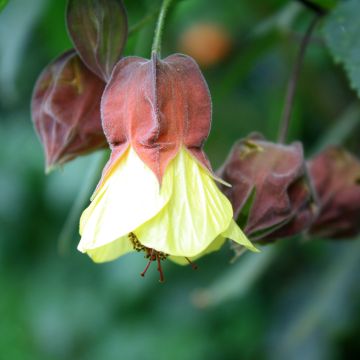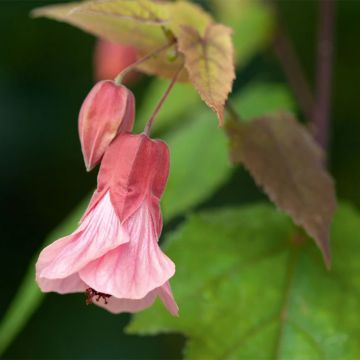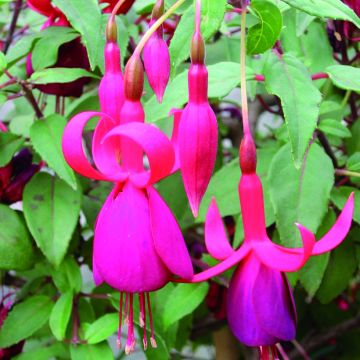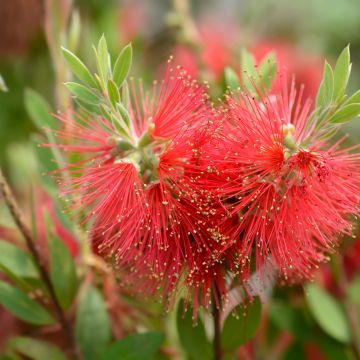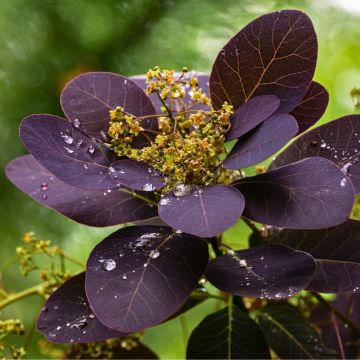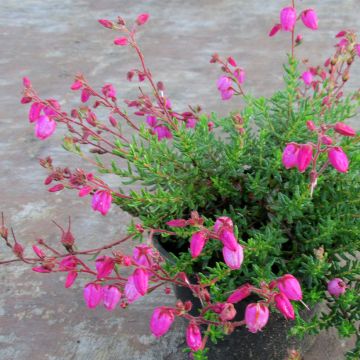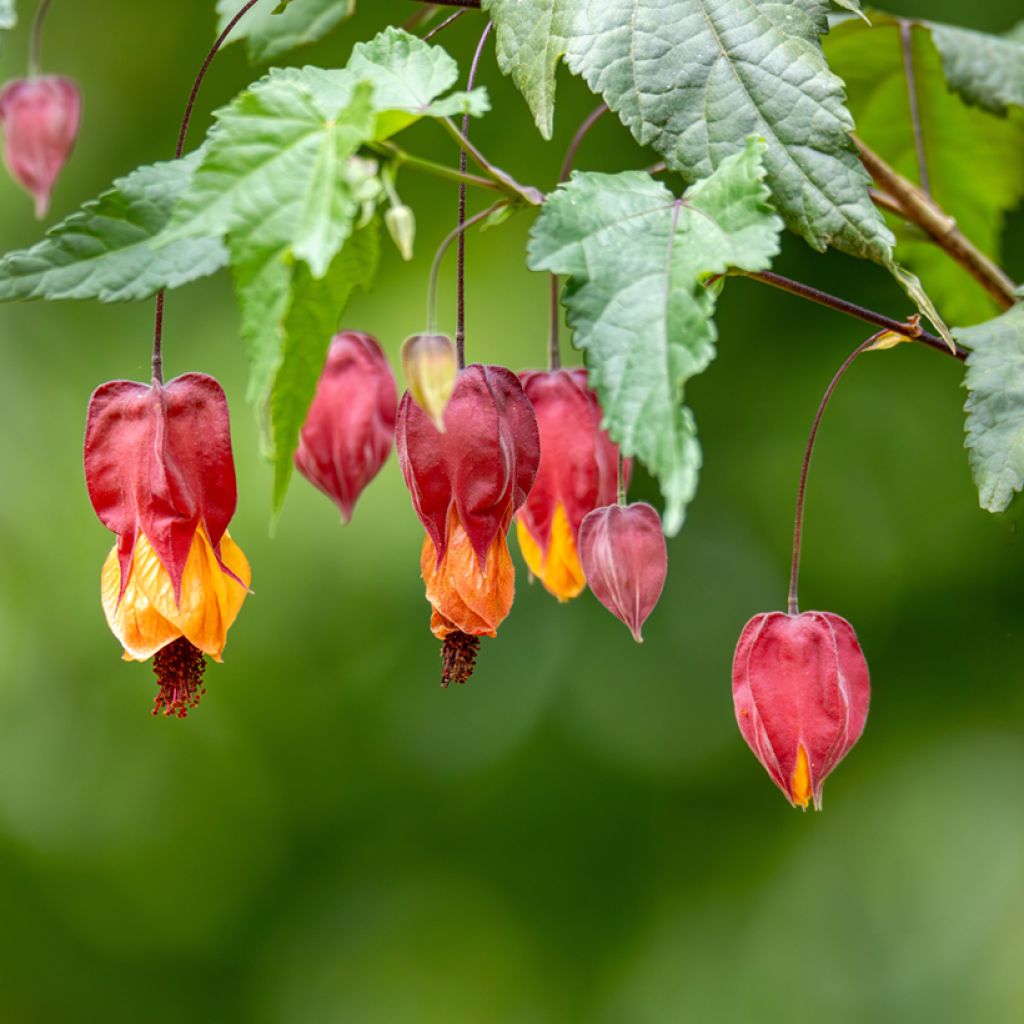

Abutilon megapotamicum
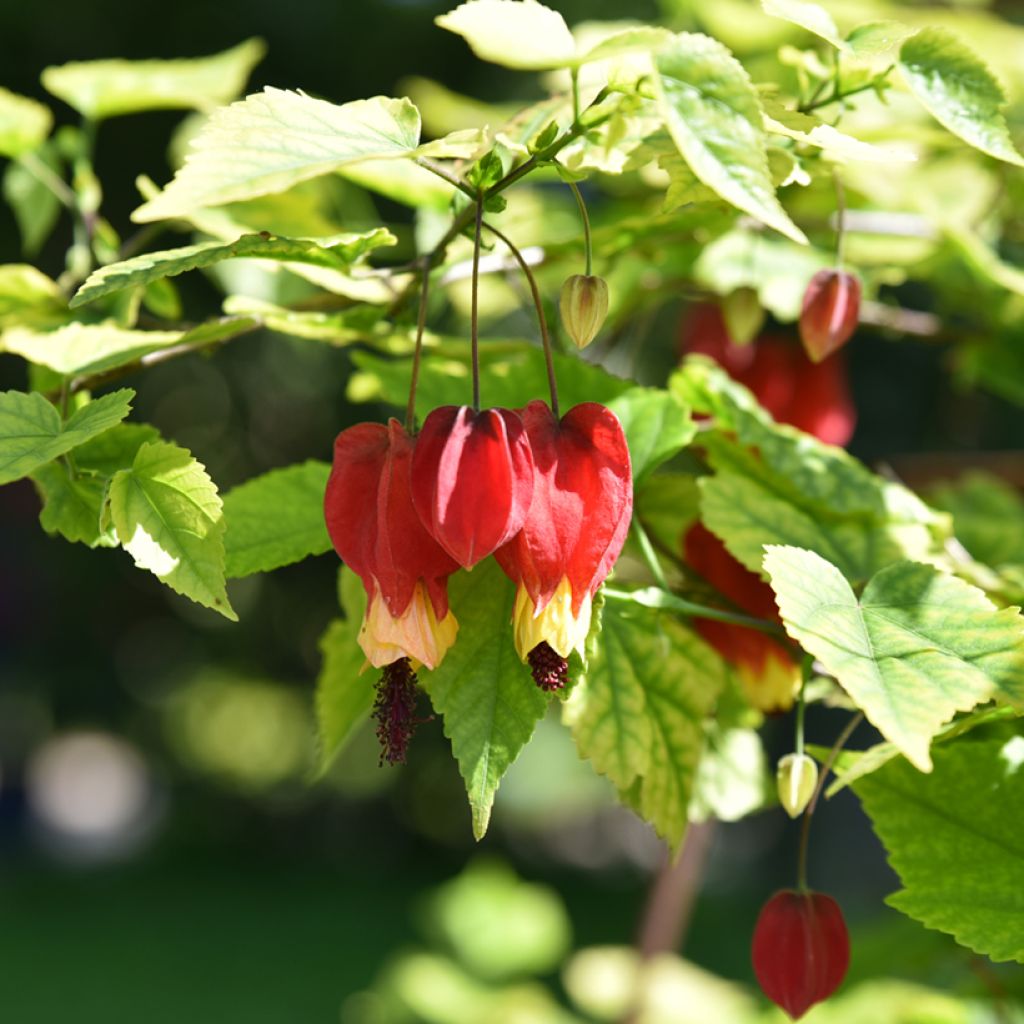

Abutilon megapotamicum
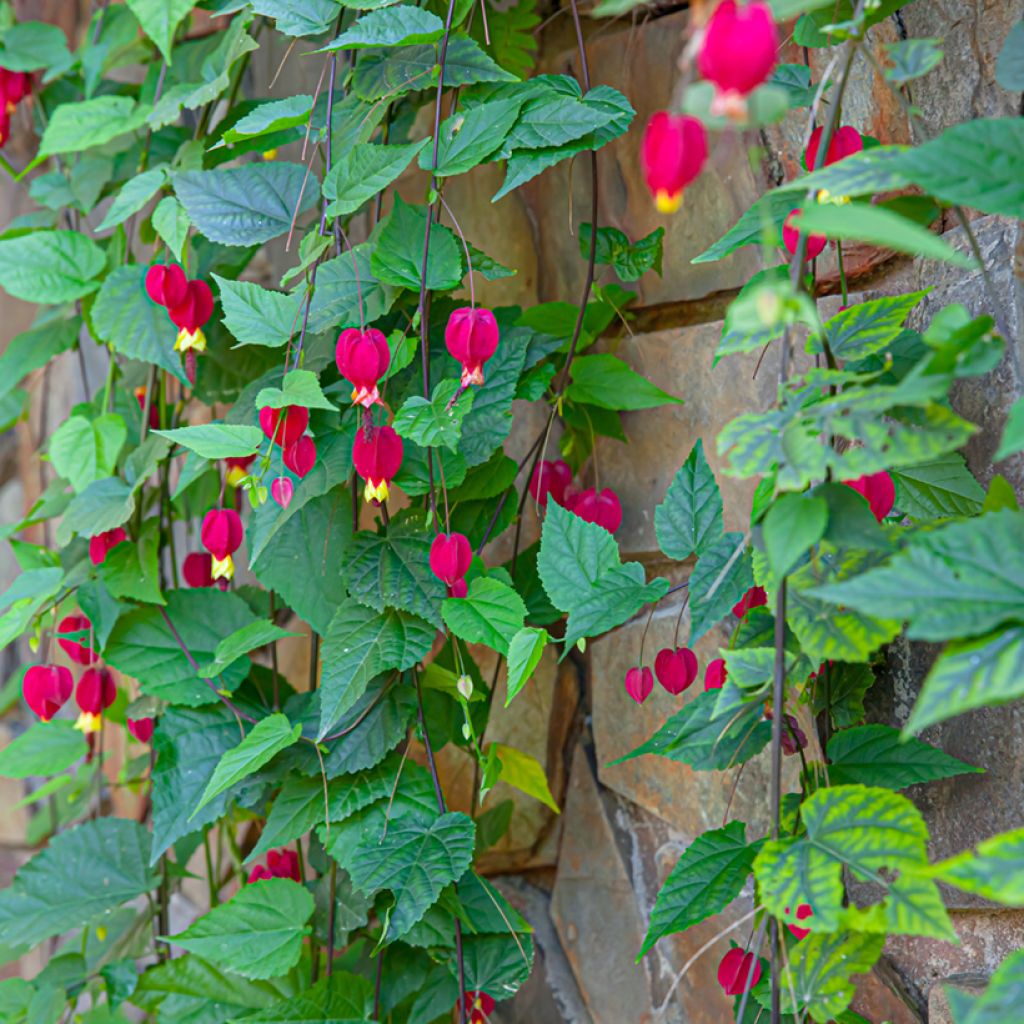

Abutilon megapotamicum
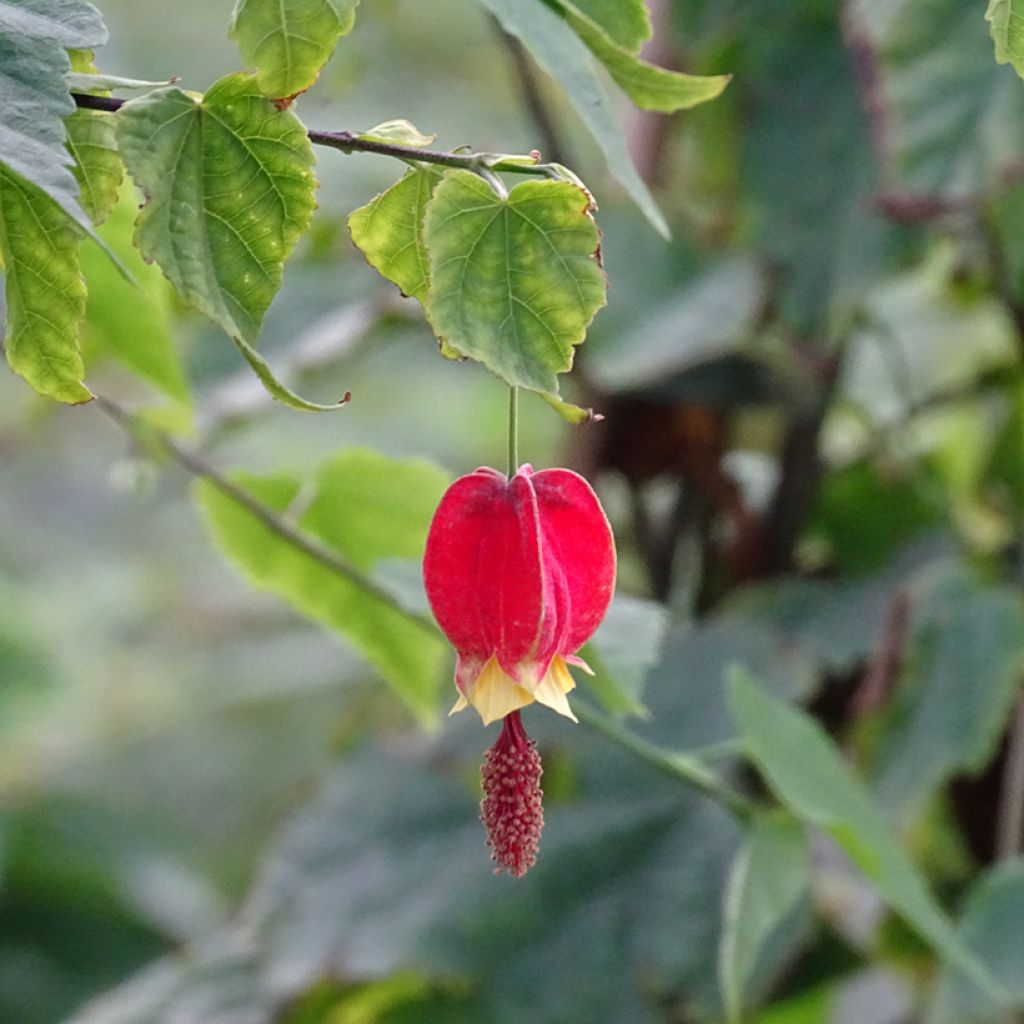

Abutilon megapotamicum
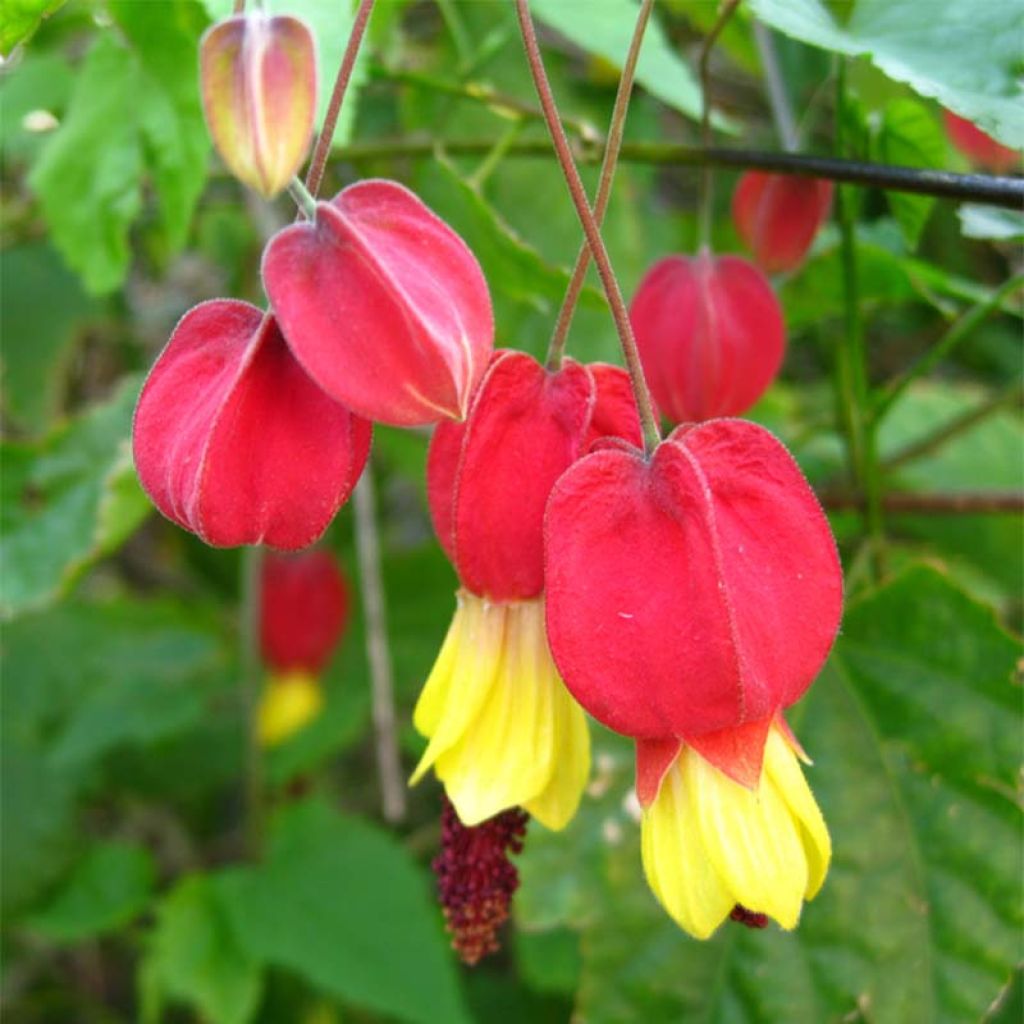

Abutilon megapotamicum
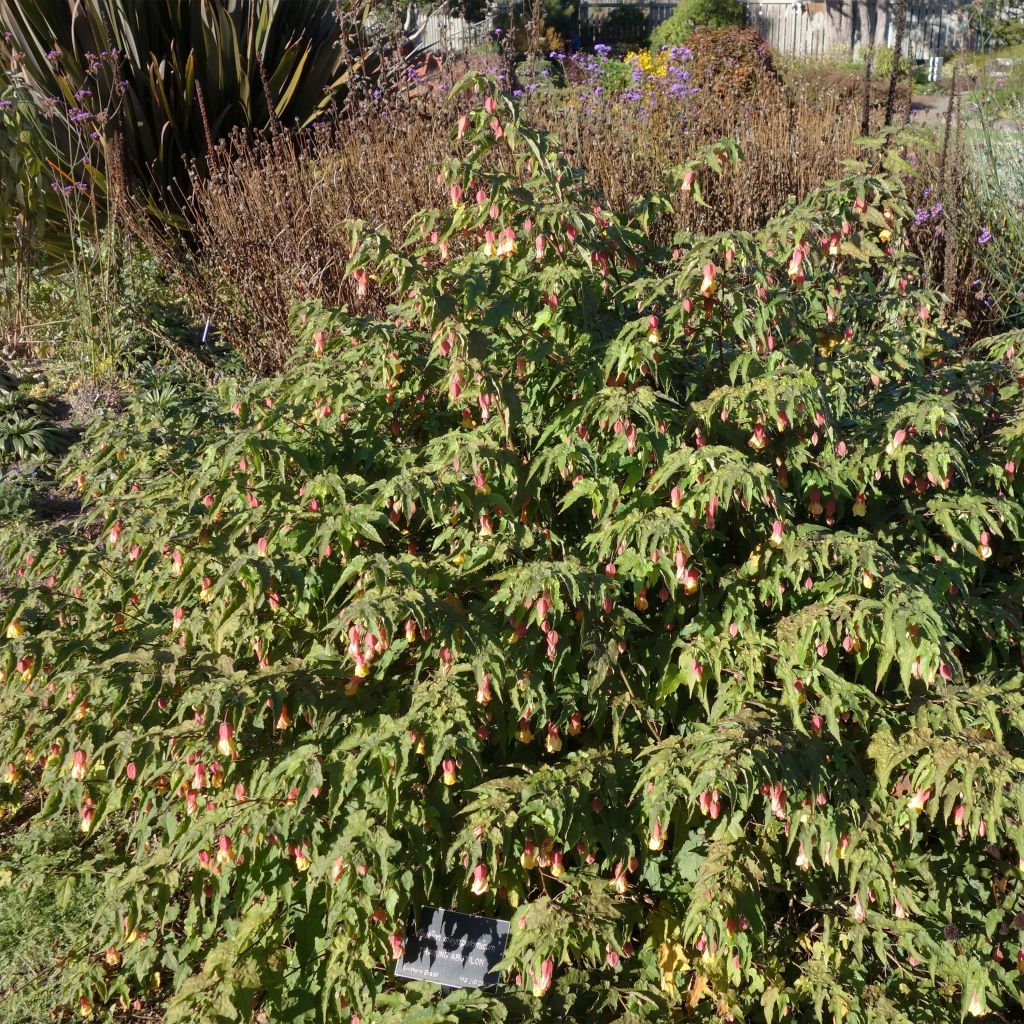

Abutilon megapotamicum
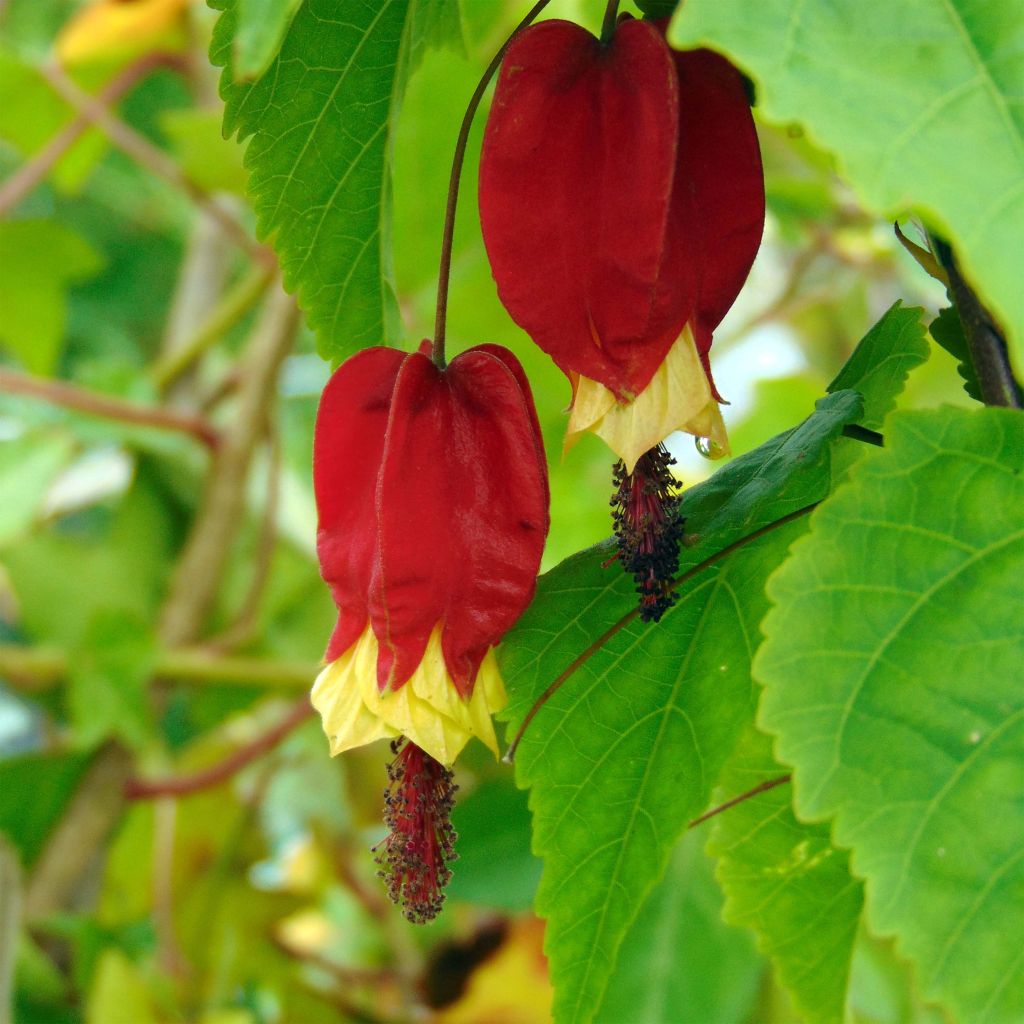

Abutilon megapotamicum
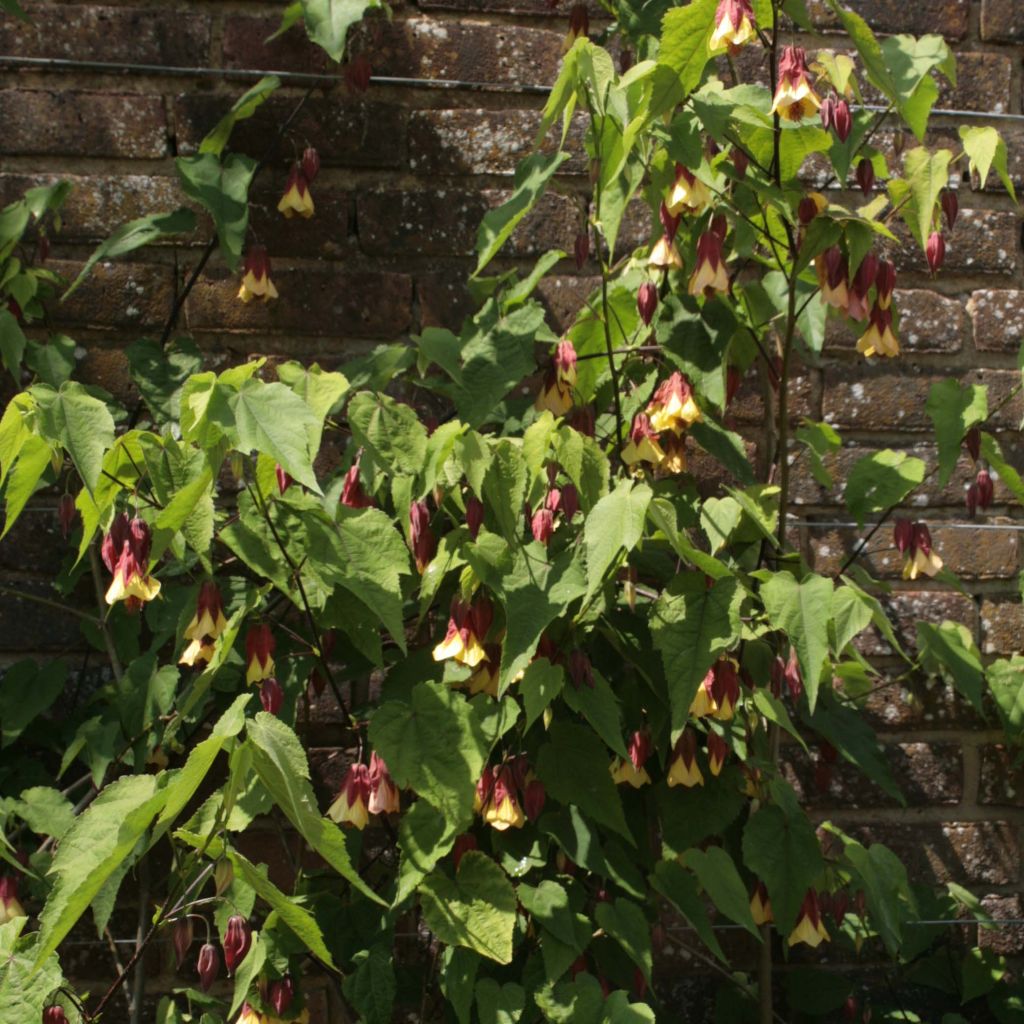

Abutilon megapotamicum
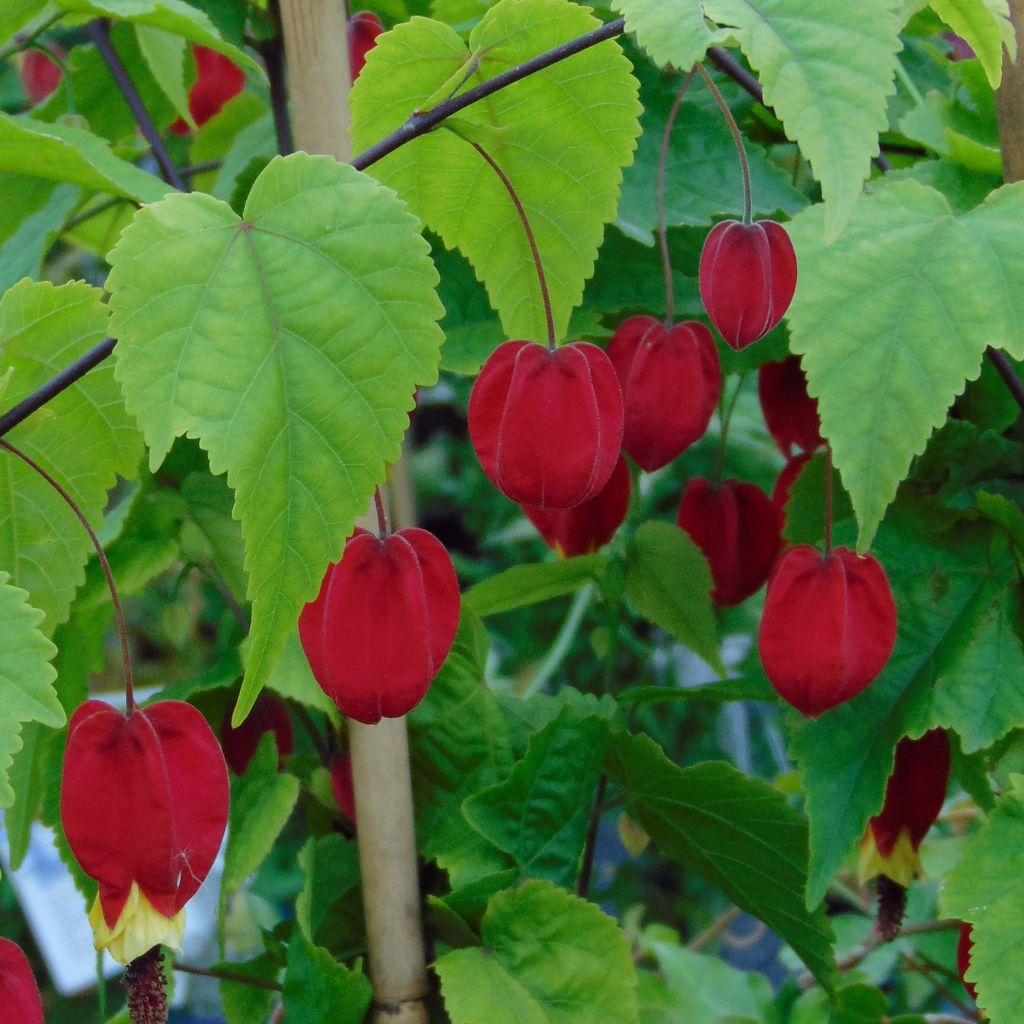

Abutilon megapotamicum
Abutilon megapotamicum
Abulilon megapotamicum
Trailing Abutilon
So far, so good - the colour of the flowers is as expected.
bernard, 13/12/2024
This item cannot be shipped to the selected country
Delivery charge from €5.90
More information
Schedule delivery date,
and select date in basket
This plant carries a 24 months recovery warranty
More information
We guarantee the quality of our plants for a full growing cycle, and will replace at our expense any plant that fails to recover under normal climatic and planting conditions.
From €5.90 for pickup delivery and €6.90 for home delivery
Express home delivery from €8.90.

Does this plant fit my garden?
Set up your Plantfit profile →
Description
The Abutilon megapotamicum is a vigorous bush, fond of heat and relatively easy to cultivate in open ground in mild climates, or in a pot in cooler climates. Forming a mass of fine arching branches, drooping or climbing if trained, it tirelessly produces curious yellow and red bicoloured flowers that hang from the axil of each leaf on a long peduncle. Evergreen to semi-evergreen depending on the climate, hardy down to -10°C (14°F) in sheltered positions, this generous bush, hailing from tropical and subtropical areas of South America, perfectly embodies exoticism.
The Abutilon megapotamicum, also known as the Grand River Abutilon or trailing abutilon, is a bush native to southern Brazil and Uruguay that exists in two forms: a spreading bush whose branches naturally layer, eventually forming a large ground cover or a large vigorous bush composed of slender, arching branches, reaching 2m (6 in 7 ft) in all directions, or more, with relatively slow growth. Belonging to the family Malvaceae, this cousin of lavateras and hibiscus is also a very floriferous plant, undemanding in terms of soil type. Flowering occurs abundantly from June until the first frost. The flowers bloom from the axil of the leaves, suspended on a long peduncle. They are composed of 5 bright red fused sepals, gradually revealing 5 bright yellow petals and prominent purple-violet stamens. The evergreen to semi-evergreen foliage (killed at around -5°C), is composed of alternate, oblong to ovate, cordate-based, light and vibrant green leaves.
Hardier than it seems, the Abutilon megapotamicum is capable of regrowing from the stump after enduring short frosts of around -10°C (14°F), if planted in a very sheltered position, against a south-facing wall for example. It can therefore be planted in open ground, under these conditions. Elsewhere, it is easily grown in a large pot that can be placed on a terrace from April to October and protected from severe cold in winter. It pairs well with Solanum rantonetti or jasminoides, Sollya heterophylla, Bignonia capreolata, the Black-eyed Susan vine, and other generous climbers with exotic charm but relatively hardy.
Report an error about the product description
Abutilon megapotamicum in pictures
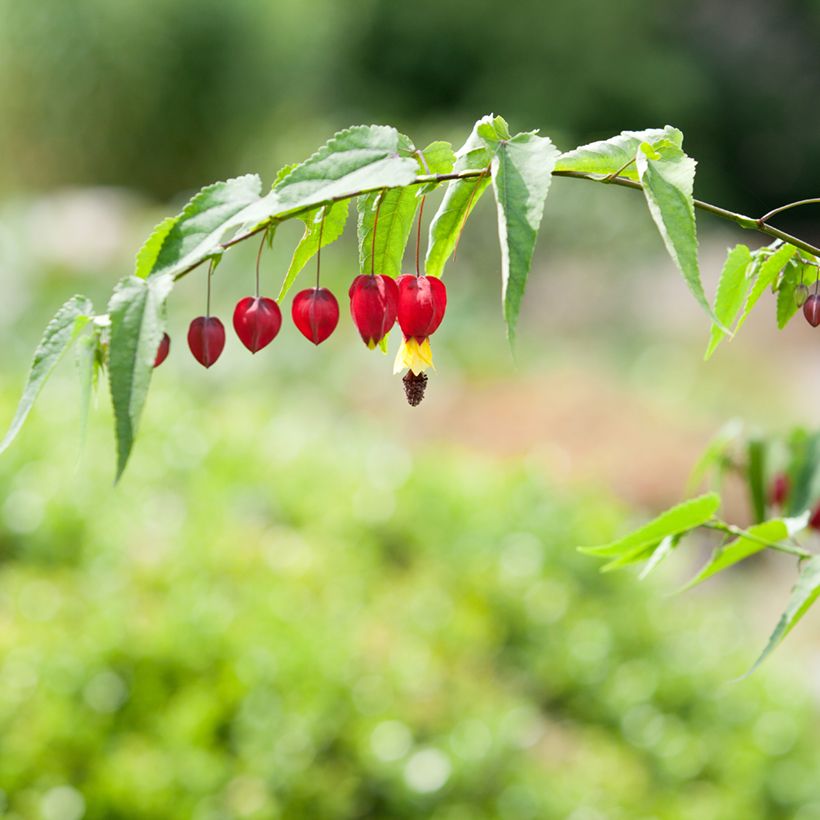

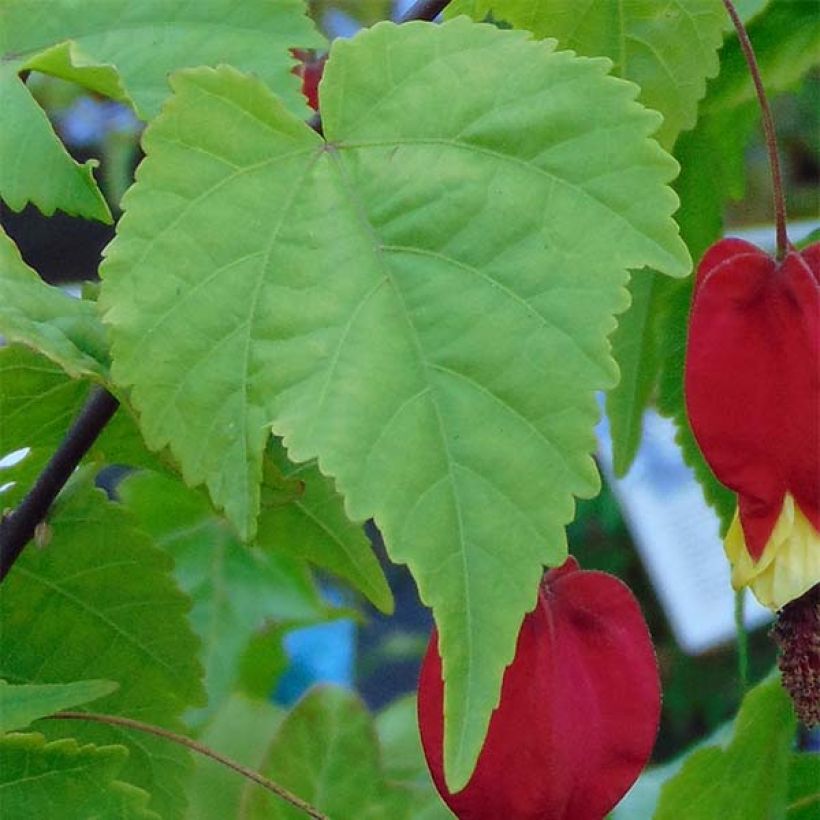

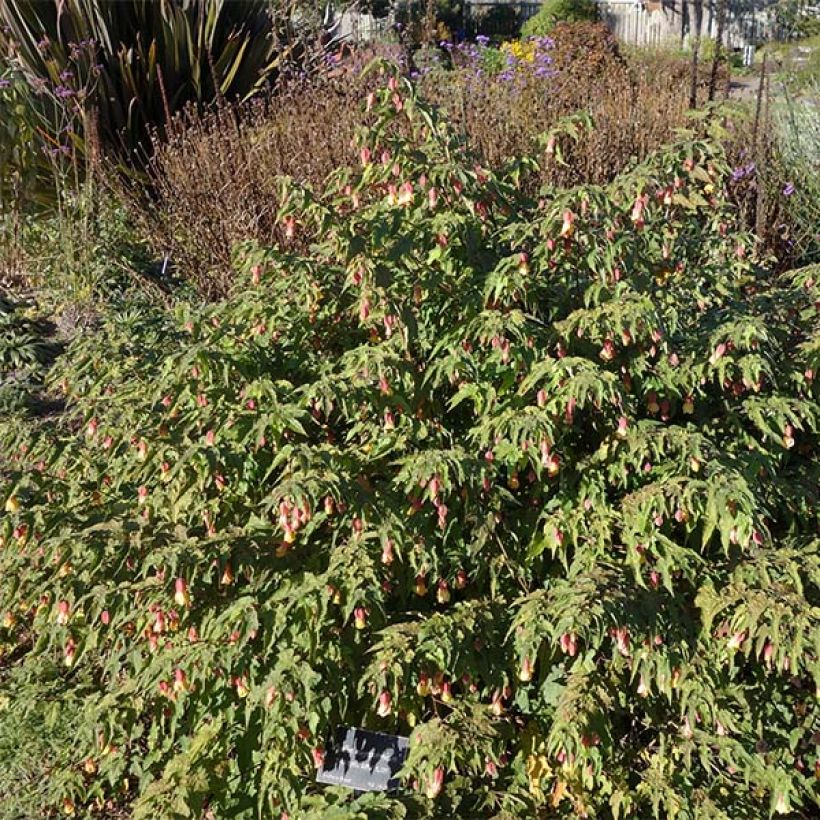

Plant habit
Flowering
Foliage
Botanical data
Abulilon
megapotamicum
Malvaceae
Trailing Abutilon
South America
Other Abutilon
Planting and care
Plant Abutilon megapotamicum in spring or autumn in mild climates, in a well-sheltered and sunny position, in a well-drained but moist, loose, fertile soil. This abutilon tolerates the presence of limestone in the soil, but it is not a plant for dry land. Dig a deep planting hole and add some garden soil, a little compost, and sand to improve the soil quality if necessary. Water abundantly after planting and during hot summer periods. Train the abutilon on a trellis or wire mesh, as this shrub will not attach itself to its support. Abutilon shows a strong sensitivity to slugs and snails, aphids, and powdery mildew.
It is easily propagated by putting young stems in water: rooting takes place after about 3 weeks. Once the roots have appeared, it is necessary to wean them, which means transferring the cutting to a medium composed of damp potting soil (place a saucer under the pot), which will gradually dry out over a period of about 15 days.
Pot cultivation:
Choose a large pot with drainage holes at the bottom and a volume of 30 to 50 litres. Ensure good drainage by placing a layer of gravel, broken terracotta shards, or clay pellets at the bottom. Fill with a mixture consisting of half garden soil, a quarter leaf compost, and a quarter coarse sand. The growing medium should be rich in nutrients and kept moist throughout the growing season. Abutilon requires regular watering during the hottest months and regular application of flowering plant fertilizer from May to September. In winter, reduce watering and stop feeding. Store the plant in a bright, unheated room, frost-free.
Planting period
Intended location
Care
-
, onOrder confirmed
Reply from on Promesse de fleurs
Summer-flowering shrubs
Haven't found what you were looking for?
Hardiness is the lowest winter temperature a plant can endure without suffering serious damage or even dying. However, hardiness is affected by location (a sheltered area, such as a patio), protection (winter cover) and soil type (hardiness is improved by well-drained soil).

Photo Sharing Terms & Conditions
In order to encourage gardeners to interact and share their experiences, Promesse de fleurs offers various media enabling content to be uploaded onto its Site - in particular via the ‘Photo sharing’ module.
The User agrees to refrain from:
- Posting any content that is illegal, prejudicial, insulting, racist, inciteful to hatred, revisionist, contrary to public decency, that infringes on privacy or on the privacy rights of third parties, in particular the publicity rights of persons and goods, intellectual property rights, or the right to privacy.
- Submitting content on behalf of a third party;
- Impersonate the identity of a third party and/or publish any personal information about a third party;
In general, the User undertakes to refrain from any unethical behaviour.
All Content (in particular text, comments, files, images, photos, videos, creative works, etc.), which may be subject to property or intellectual property rights, image or other private rights, shall remain the property of the User, subject to the limited rights granted by the terms of the licence granted by Promesse de fleurs as stated below. Users are at liberty to publish or not to publish such Content on the Site, notably via the ‘Photo Sharing’ facility, and accept that this Content shall be made public and freely accessible, notably on the Internet.
Users further acknowledge, undertake to have ,and guarantee that they hold all necessary rights and permissions to publish such material on the Site, in particular with regard to the legislation in force pertaining to any privacy, property, intellectual property, image, or contractual rights, or rights of any other nature. By publishing such Content on the Site, Users acknowledge accepting full liability as publishers of the Content within the meaning of the law, and grant Promesse de fleurs, free of charge, an inclusive, worldwide licence for the said Content for the entire duration of its publication, including all reproduction, representation, up/downloading, displaying, performing, transmission, and storage rights.
Users also grant permission for their name to be linked to the Content and accept that this link may not always be made available.
By engaging in posting material, Users consent to their Content becoming automatically accessible on the Internet, in particular on other sites and/or blogs and/or web pages of the Promesse de fleurs site, including in particular social pages and the Promesse de fleurs catalogue.
Users may secure the removal of entrusted content free of charge by issuing a simple request via our contact form.
The flowering period indicated on our website applies to countries and regions located in USDA zone 8 (France, the United Kingdom, Ireland, the Netherlands, etc.)
It will vary according to where you live:
- In zones 9 to 10 (Italy, Spain, Greece, etc.), flowering will occur about 2 to 4 weeks earlier.
- In zones 6 to 7 (Germany, Poland, Slovenia, and lower mountainous regions), flowering will be delayed by 2 to 3 weeks.
- In zone 5 (Central Europe, Scandinavia), blooming will be delayed by 3 to 5 weeks.
In temperate climates, pruning of spring-flowering shrubs (forsythia, spireas, etc.) should be done just after flowering.
Pruning of summer-flowering shrubs (Indian Lilac, Perovskia, etc.) can be done in winter or spring.
In cold regions as well as with frost-sensitive plants, avoid pruning too early when severe frosts may still occur.
The planting period indicated on our website applies to countries and regions located in USDA zone 8 (France, United Kingdom, Ireland, Netherlands).
It will vary according to where you live:
- In Mediterranean zones (Marseille, Madrid, Milan, etc.), autumn and winter are the best planting periods.
- In continental zones (Strasbourg, Munich, Vienna, etc.), delay planting by 2 to 3 weeks in spring and bring it forward by 2 to 4 weeks in autumn.
- In mountainous regions (the Alps, Pyrenees, Carpathians, etc.), it is best to plant in late spring (May-June) or late summer (August-September).
The harvesting period indicated on our website applies to countries and regions in USDA zone 8 (France, England, Ireland, the Netherlands).
In colder areas (Scandinavia, Poland, Austria...) fruit and vegetable harvests are likely to be delayed by 3-4 weeks.
In warmer areas (Italy, Spain, Greece, etc.), harvesting will probably take place earlier, depending on weather conditions.
The sowing periods indicated on our website apply to countries and regions within USDA Zone 8 (France, UK, Ireland, Netherlands).
In colder areas (Scandinavia, Poland, Austria...), delay any outdoor sowing by 3-4 weeks, or sow under glass.
In warmer climes (Italy, Spain, Greece, etc.), bring outdoor sowing forward by a few weeks.

































